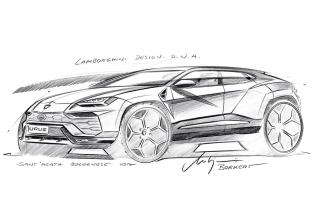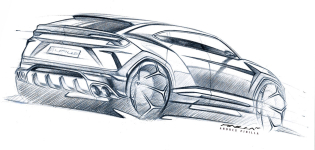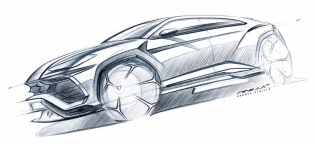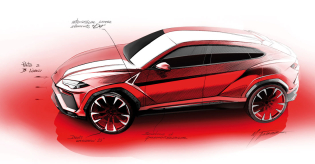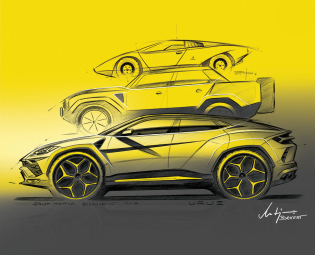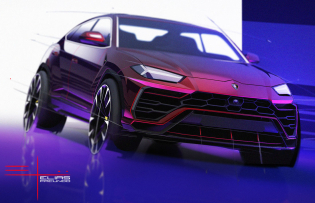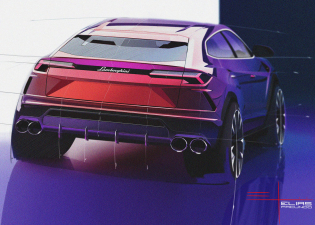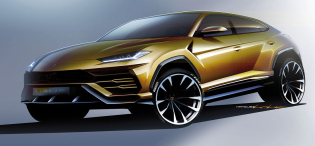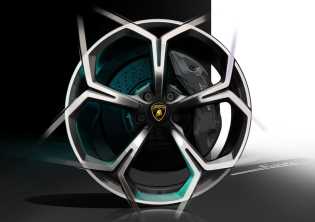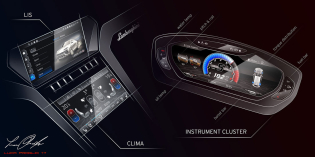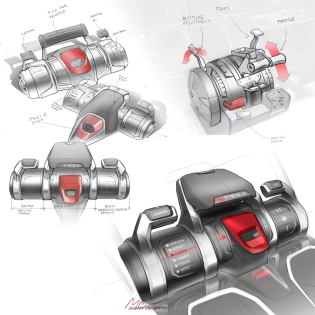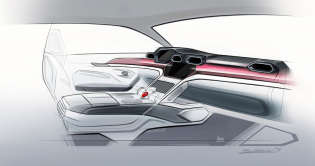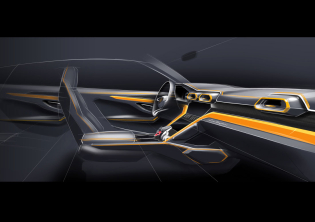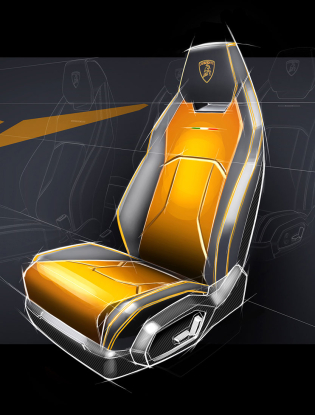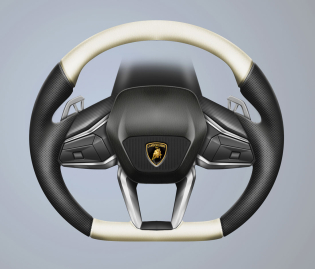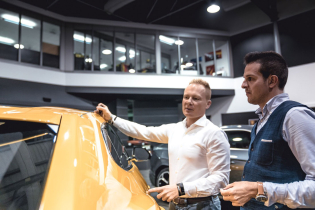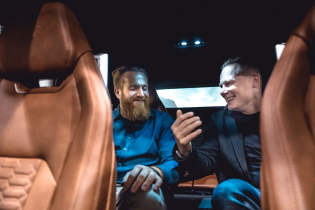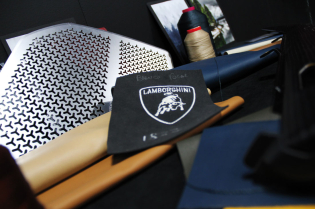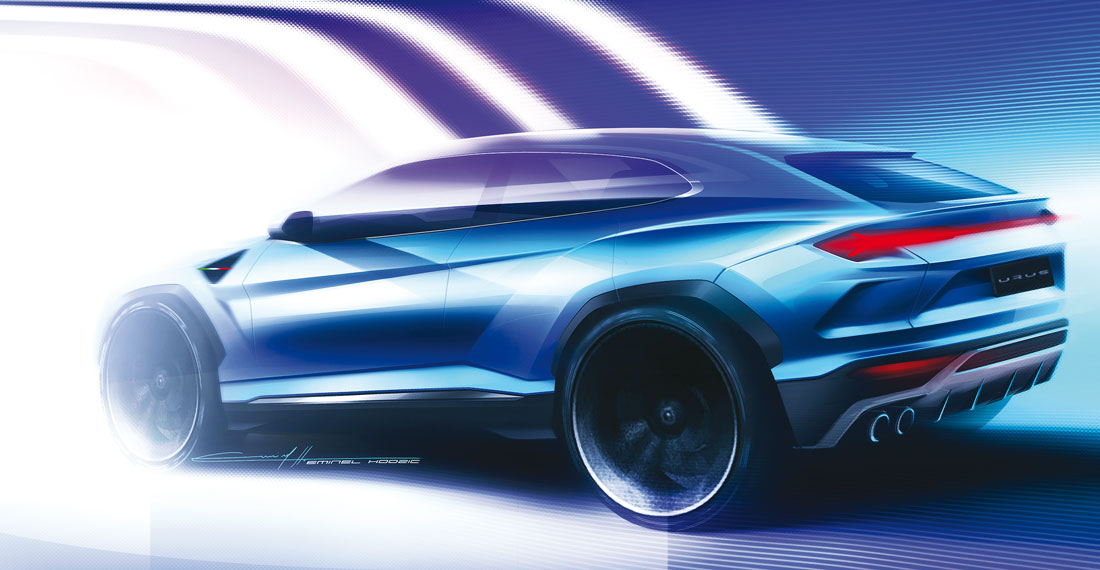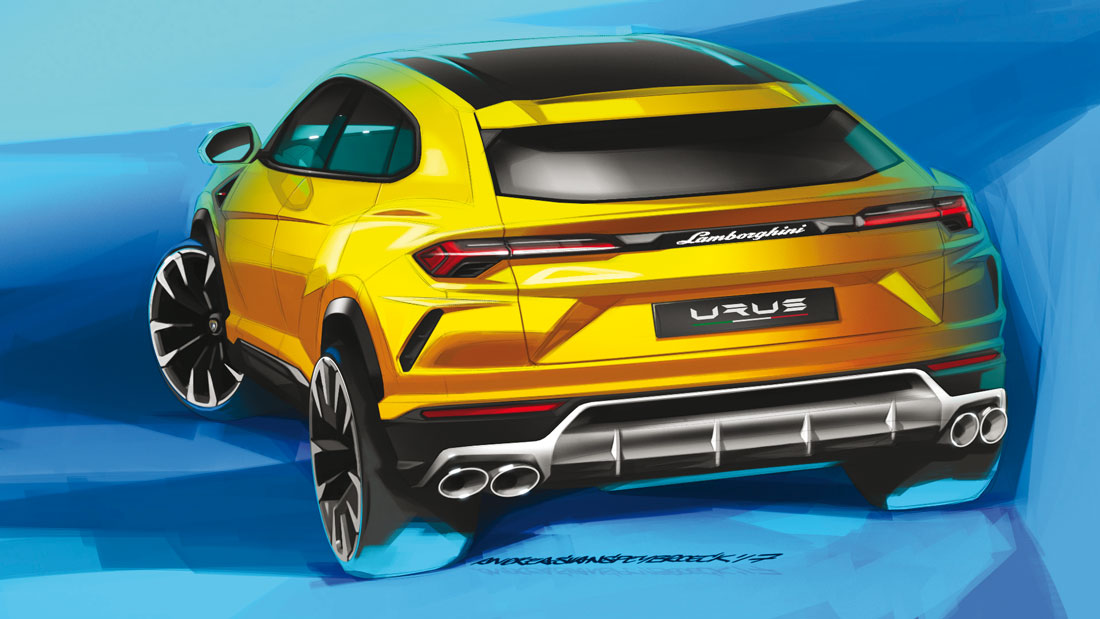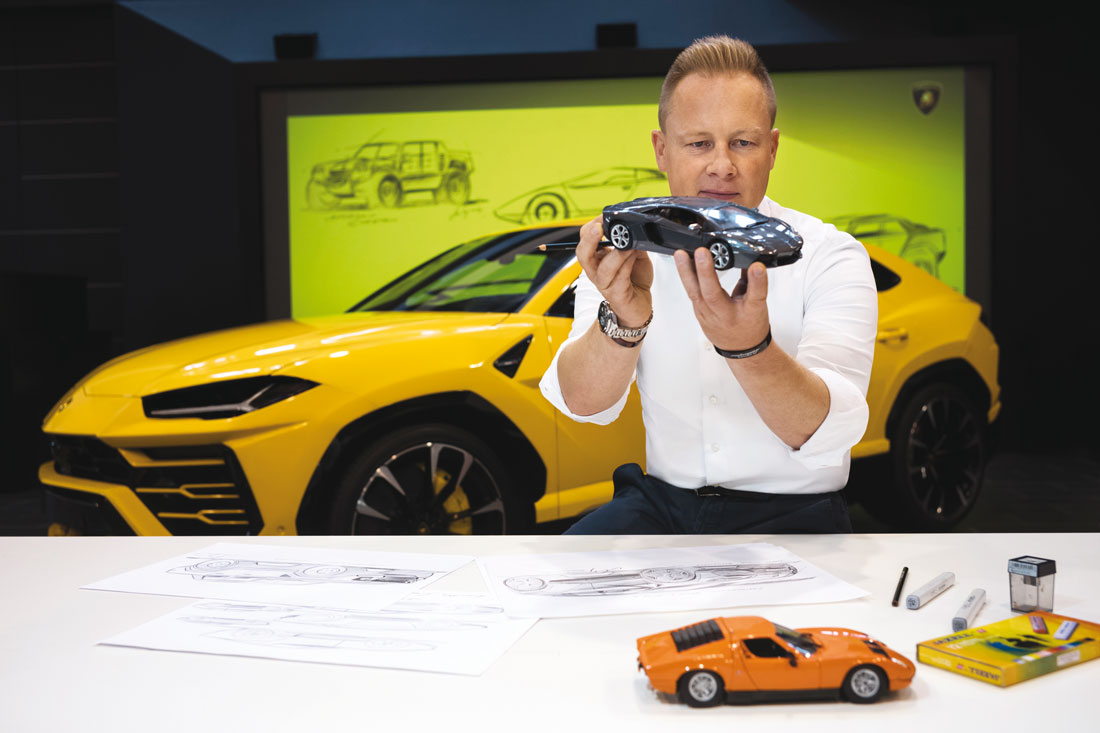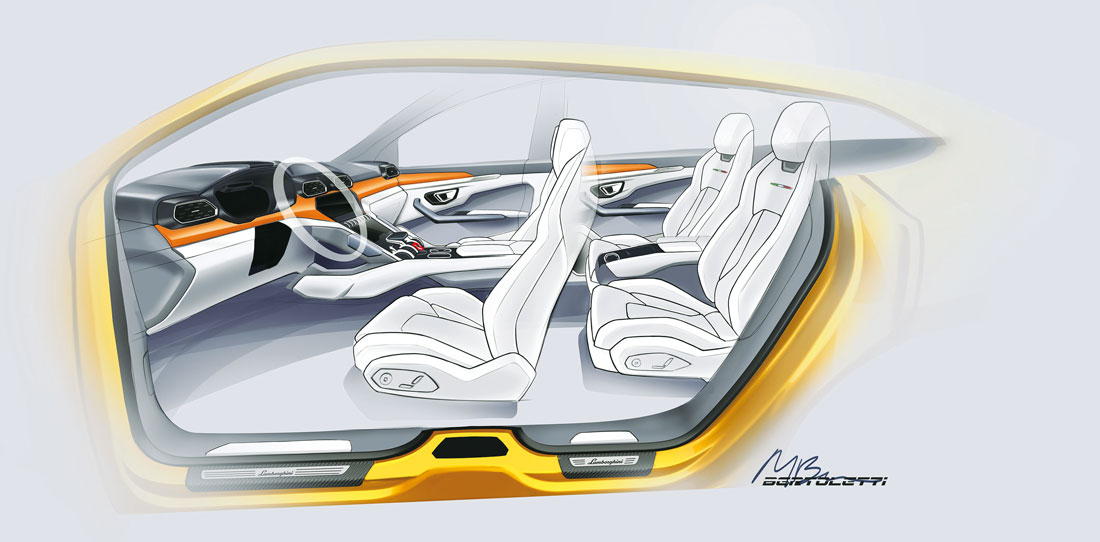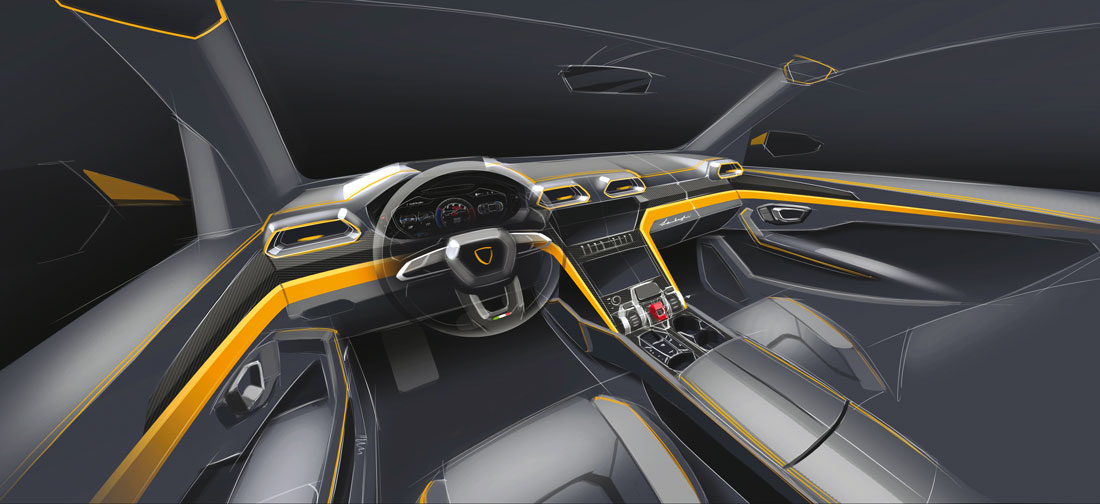Design the fastest Suv on the planet. This in a single sentence could sum up the project brief that the Lamborghini Style Centre received for the Urus, a utility sport car with aggressive features and astonishing proportions, as befits every creature to come out of the bull brand. “For us designers it was a great challenge, which we have responded to as always with great responsibility, but above all enjoying ourselves”, said the head of Lamborghini design Mitja Borket as soon as the veil was removed from the new model from Sant’ Agata Bolognese, last December. “Because when you have fun and you are passionate, then a truly great car comes into being”.
The Urus is not a Suv like all the others, but it is not even a Lamborghini like all the others. The unmistakable wedge-shaped profile of the two-seater coupés with mid-engine architecture, in which a continuous line links the front with the top of the roof, above the windscreen, would not have been technically feasible in this case. The Urus in fact fits the powerful 650 bhp bi-turbo V8 engine mounted in front of a generous five-seater cockpit.
Yet the car is immediately perceivable as a Lamborghini. “The proportions remain extreme, with a low front height and sharply sloping bonnet”, explains Borkert, emphasising how the Urus, with its lean silhouette and fine glazing compared to the high beltline, is also the lowest and widest Suv on the market. And then there is all the brand’s DNA, in the historical references as well as in the detail and graphics that mark the volumes and surfaces.
Unlike other brands that have introduced a Suv to their range for the first time, or will soon be adding one, Lamborghini boasts a forerunner: the LM002 produced between 1986 and 1992. “That vehicle inspired the treatment of the Urus bonnet with the “power dome” that highlights the position of the engine and the wheel arches with diagonal lines instead of round arches, to accentuate dynamism. And again, the triangular air outlet on the front mudguards, here reinterpreted and decorated with the Italian flag: a small detail that shows all the pride of being a car designed, developed and built at Sant’ Agata Bolognese.
There is also some Countach Dna, Borkert continues, drawing on a sheet of paper the essential lines defining front and tail. He calls them “Gandini’s lines”: “There are the central line, the diagonals that diverge on the front and those on the bonnet, all of them taken up on the Urus. I have enormous esteem for Marcello Gandini’s work, recently he paid us a visit here, he is my point of reference in the history of Lamborghini”.
For the interiors – highly evolved with respect to the more experimental, spartan interior of the Urus Concept – the designers started from the concept of “feel like a pilot”. “We have achieved the lowest seating position of all current Suvs”, Borkert points out, “and the centre console that reaches as far as the dashboard defines a control station where you have everything at your fingertips”. Three TFT screens, one of which is dedicated to instrumentation and two superimposed control panels, make up the hi-tech digital interface, but the distinctive element is the Tamburo, the driving mode selector inspired by aeronautical controls.
L’articolo continua su Auto&Design n. 229
